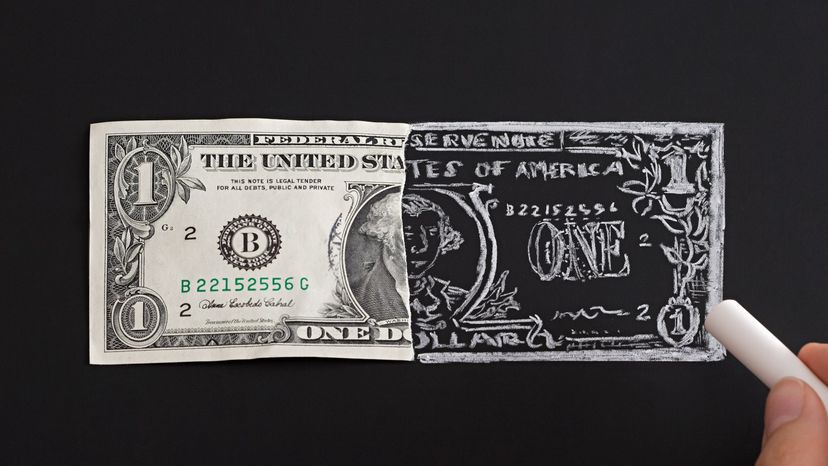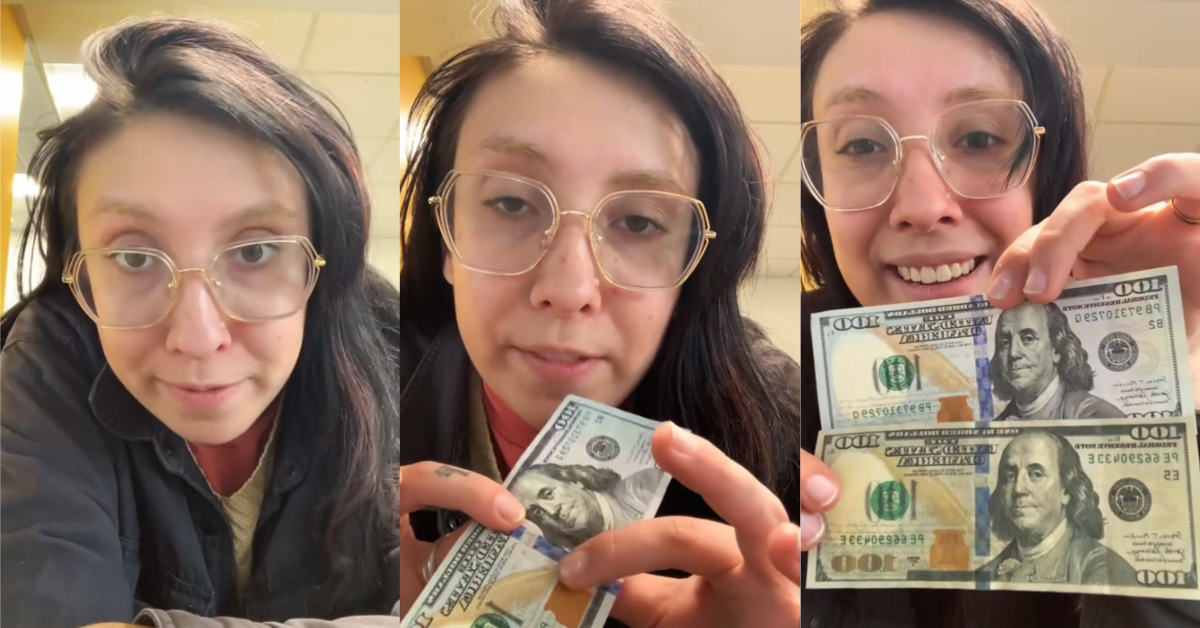Unlock Opportunities: Where to Find copyright Money to buy
Unlock Opportunities: Where to Find copyright Money to buy
Blog Article
Discover usings Funny Money in Artistic Creations and Theatrical Performances
Phony money, often associated with deception and outrage, holds a peculiar attraction when it locates its means into the world of theatrical performances and artistic developments. Its history is stuffed with intricate narratives that have influenced musicians to integrate these replicas into their jobs. From the visual arts to the remarkable stage, phony money has been utilized in fascinating means that challenge assumptions and provoke thought. As we dig into the complex uses of funny money in these creative domains, we start to discover a globe where credibility and imitation blur, prompting us to question the very nature of value and representation within art and performance.

Historic Relevance of copyright Cash in Art
The historical relevance of imitation cash in art is a facility and interesting subject that clarifies the junction of imagination, subversion, and socio-political discourse. Throughout background, musicians have utilized funny money as a device for challenging societal standards, questioning the value of currency, and making effective statements about wealth and power.
Among one of the most notable instances of funny money in art go back to the Dada movement of the early 20th century - copyright money for sale. Artists such as Marcel Duchamp and Hannah Höch integrated copyright right into their jobs to slam the capitalist system and discover the idea of value in a rapidly transforming world
Additionally, throughout times of financial instability or political upheaval, funny money has been used by musicians as a form of protest or rebellion. By creating and distributing copyright, artists have had the ability to interfere with the condition quo, challenge authority, and prompt essential conversations about the role of cash in culture.
Influence of Imitation Money on Visual Arts
Affecting the visual arts landscape, phony currency has actually worked as a provocative tool for musicians looking for to challenge standard point of views on riches and business. By incorporating funny money right into their jobs, musicians provoke conversations on the nature of worth, credibility, and societal understandings of riches. Through the combination of copyright money, aesthetic art work can face audiences with questions about the power characteristics fundamental in economic systems and the illusions of prosperity. Using funny money in art likewise raises ethical considerations concerning the borders of creative expression and the effects of reproducing lawful tender. In addition, phony currency in aesthetic arts can act as a commentary on consumer culture, materialism, and the relentless quest of wealth in contemporary culture. Overall, the impact of phony currency on visual arts is multifaceted, stimulating vital reflections on the junction of money, art, and social values.
Importance and Definition in Theatrical Fake Displays
Making use of theatrical fake displays, artists use symbolic representations to share deeper definitions and stimulate thought-provoking analyses within the world of efficiency art. Via the incorporation of imitation cash in staged manufacturings, designers can explore styles such as greed, power, corruption, and the impression of riches. Making use of copyright on phase can act as an allegory for societal concerns, economic differences, and the fragility of financial systems.
In theatrical performances, the symbolic value of funny money expands past its monetary worth. It can symbolize the misleading nature of looks, the quest of materialistic wishes, and the effects of unethical behavior. By using funny money as a prop, musicians can challenge target markets to question real meaning of riches and the honest borders that people might go across in its search.
Honest Factors To Consider being used copyright Cash for Art

One significant honest consideration is the prospective lawful consequences of using funny find more information money in art. Counterfeiting money is illegal in a lot of nations and can bring about serious consequences for artists that purposefully incorporate copyright bills into their job. copyright money for sale. This not only puts the musician in danger however also elevates questions about promoting prohibited activities via art
Additionally, there is an honest predicament relating to the authenticity of the artwork itself. Making use of phony cash obscures the line in between fact and imitation, possibly tricking audiences and compromising the stability of the creative piece. Artists should think about whether making use of imitation money aligns with their worths and creative intentions, weighing the potential effect on their online reputation and credibility.
Future Trends in Funny Money Combination
Considering the evolving landscape look these up of creative expression, the unification of funny money in innovative jobs might witness a change in the direction of innovative and intriguing avenues. As artists remain to push limits and explore new tools, phony money could increasingly be utilized to challenge social standards, examine the worth of money, or make effective statements concerning wide range and consumerism.
One future fad in phony cash combination could be its application in immersive art installations where target markets are motivated to engage with the pieces, blurring the lines in between reality and illusion. Furthermore, advancements in technology might lead to the development of hyper-realistic funny money that is essentially equivalent from real money, opening up opportunities for much more elaborate and detailed art work.
Moreover, partnerships between counterfeiters and musicians can more helpful hints result in one-of-a-kind pieces that integrate typical imaginative techniques with the workmanship of developing funny money. Moral factors to consider bordering the legitimacy and morality of using phony money in art will continue to be a factor of opinion as these future fads unfold.
Conclusion
To conclude, making uses of funny money in theatrical efficiencies and imaginative developments have a long history and proceed to give inspiration for musicians. From its historical importance to its influence on visual arts and symbolism in staged screens, phony money plays a distinct role in the art world. Nevertheless, ethical factors to consider have to be taken right into account when utilizing funny money for imaginative purposes. The combination of copyright in art is most likely to proceed evolving in the future.
Generally, the effect of copyright money on aesthetic arts is multifaceted, stimulating important representations on the junction of cash, art, and social values.

In final thought, the usages of imitation cash in staged performances and imaginative productions have a lengthy history and continue to be a resource of motivation for musicians. Ethical factors to consider must be taken right into account when using phony cash for imaginative objectives. The combination of fake cash in art is most likely to proceed advancing in the future.
Report this page